Eurozone PMI Services was finalized at 48.8 in December, up slightly from November’s 48.7, a 5-month high. PMI Composite was finalized at 47.6, unchanged from prior month’s reading, indicating continued contraction in the broader economy.
A country-by-country analysis of Composite PMI reveals varying performances. Ireland, with PMI of 51.5, experienced a two-month low, while Spain, at 50.4, reached a five-month high. Italy’s PMI climbed to a three-month high of 48.6, and Germany’s index, at 47.4, hit a two-month low. France, at 44.8, saw a four-month high, yet its service sector remains the weakest among the top Eurozone economies.
Cyrus de la Rubia, Chief Economist at Hamburg Commercial Bank, observed that Eurozone’s service sector is undergoing a slight contraction, with job numbers marginally increasing. He stated, “It’s not quite recession territory yet for services, but the vibe is far from growth-oriented.”
Furthermore, he expressed concerns about the broader economic outlook, noting that the Composite PMI is signaling a recession in Eurozone. The bank’s GDP Nowcast model projects a consecutive contraction in the region’s output for the fourth quarter, adding credence to this recessionary warning.
In examining the service sectors of the top Eurozone countries, de la Rubia identified significant variations. Spain’s service sector is performing well, showing growth for four consecutive months. In contrast, Germany and Italy are experiencing stagnation, while France’s service sector is consistently declining, making it the worst performer in this group.
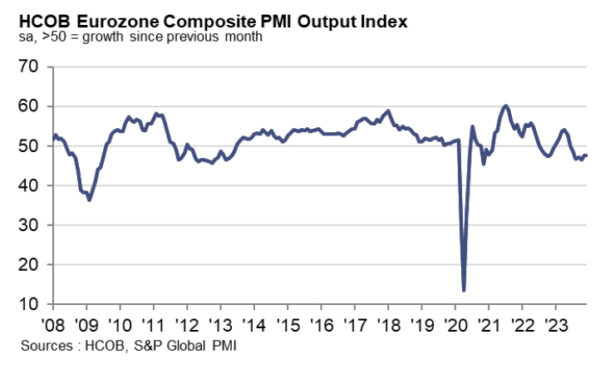
Eurozone PMI Services final release here.




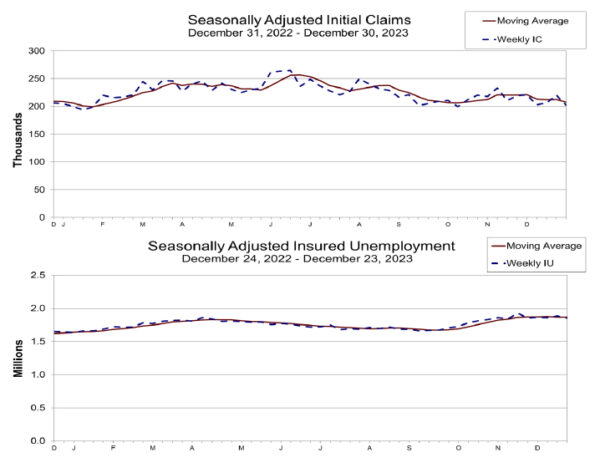
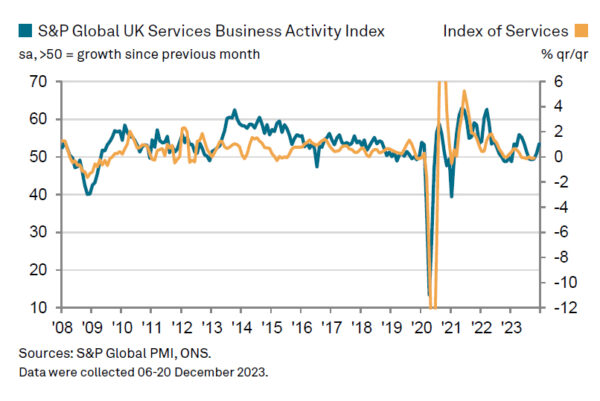
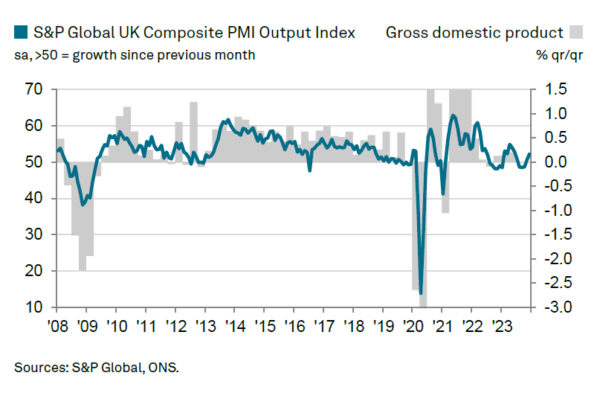

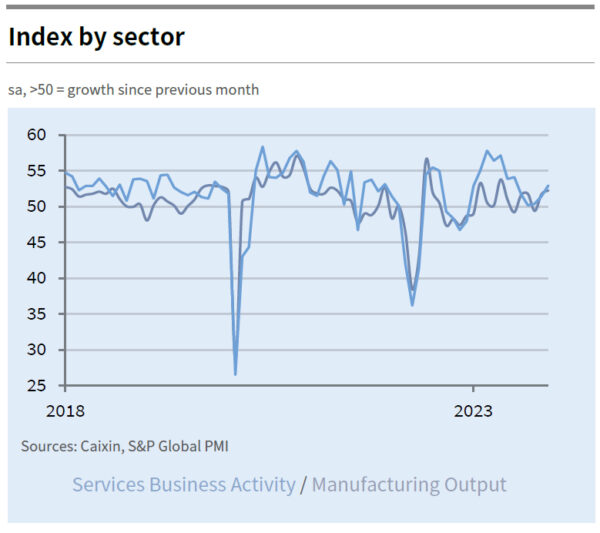
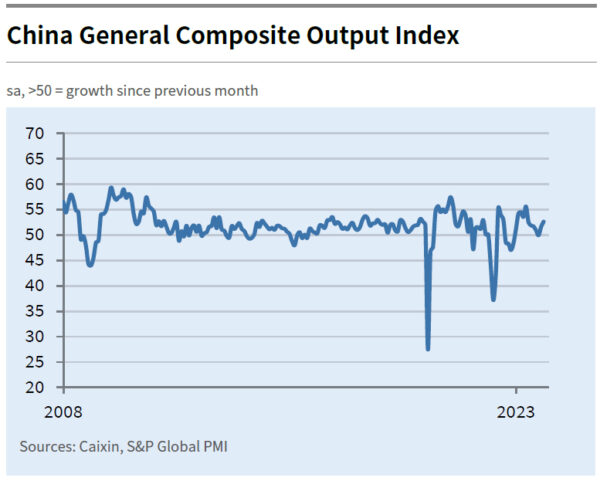
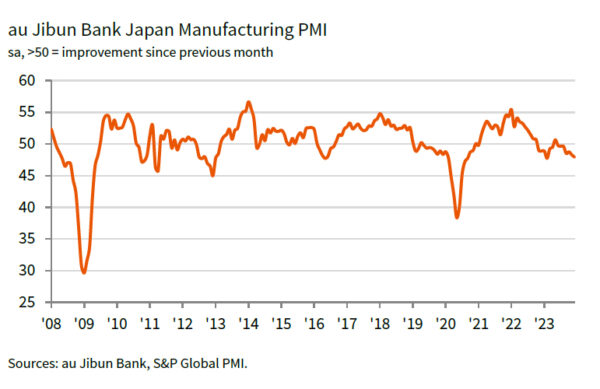

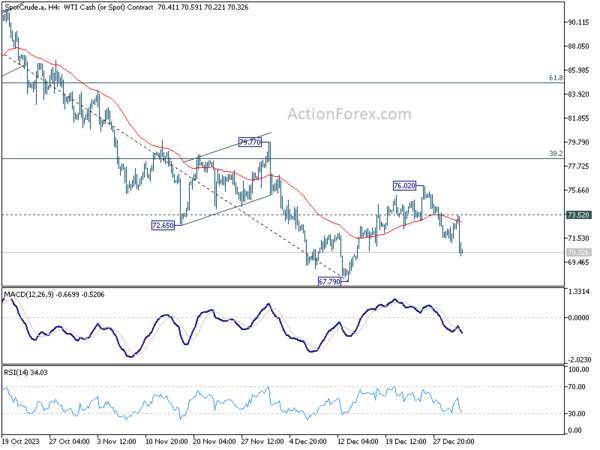
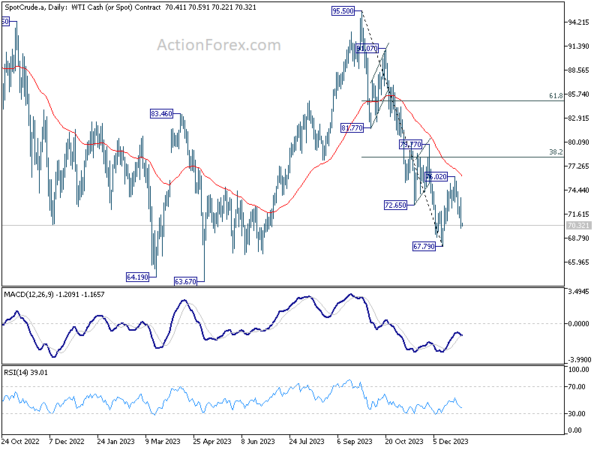
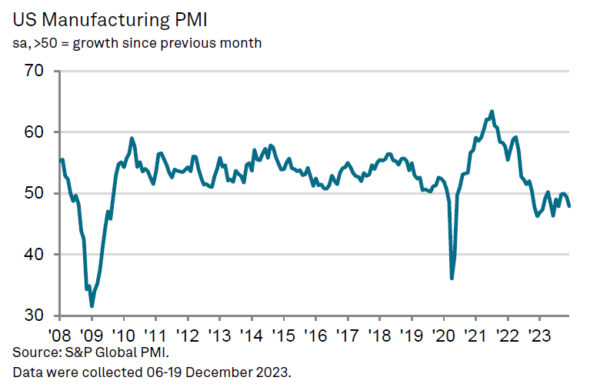
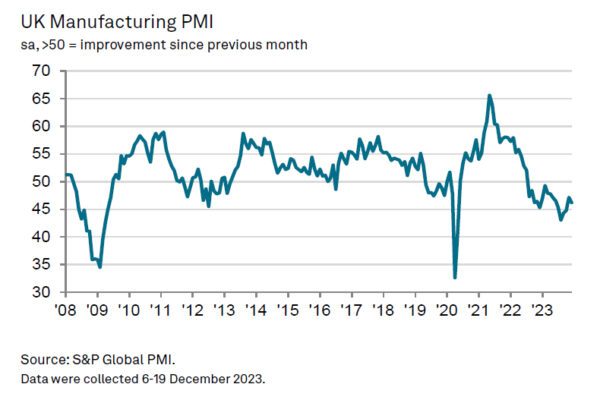
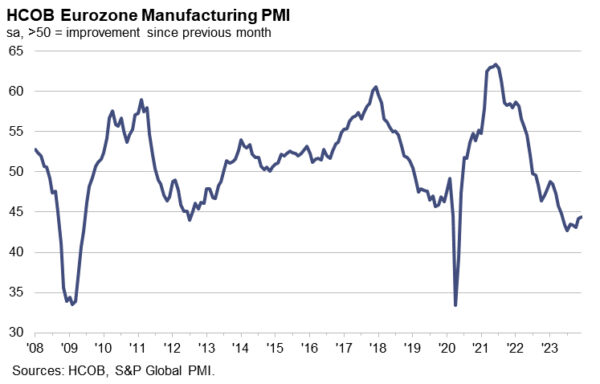
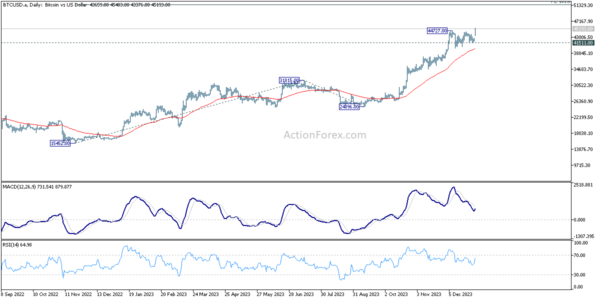
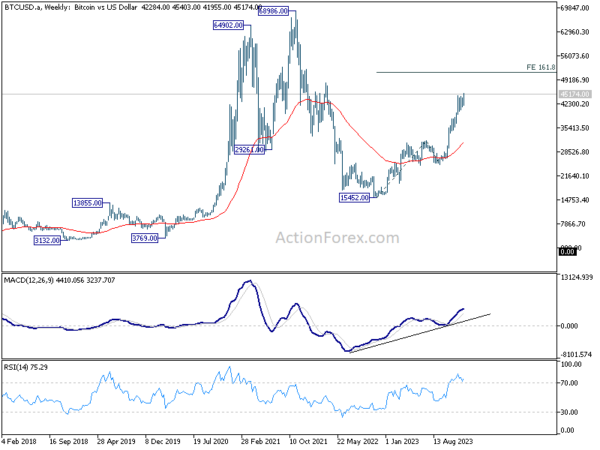
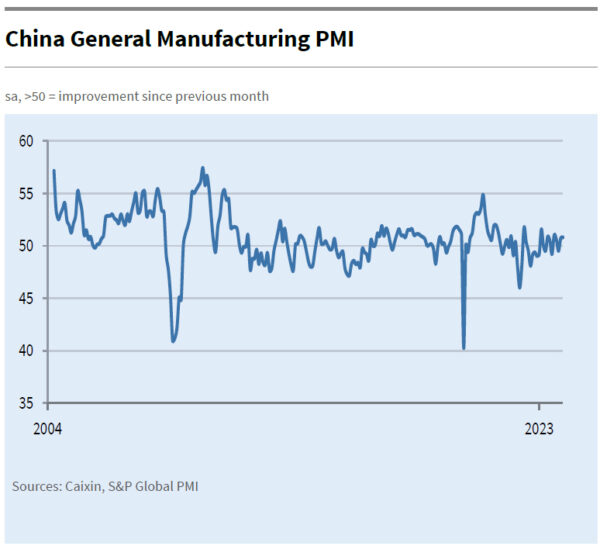
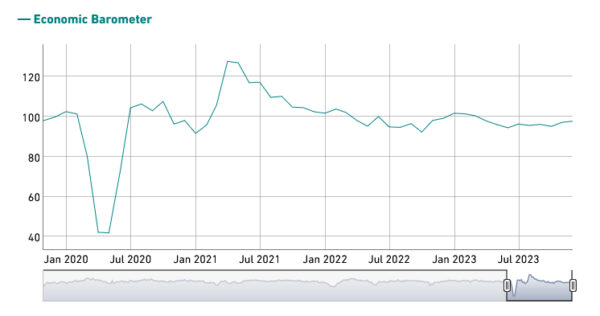
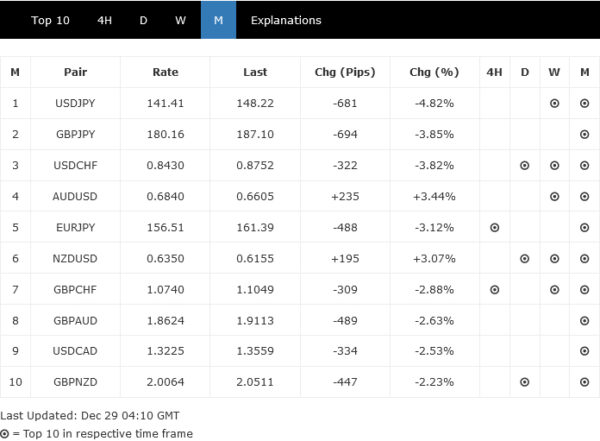
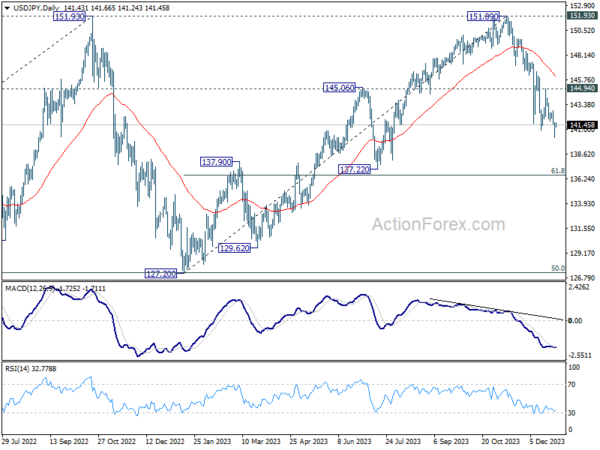
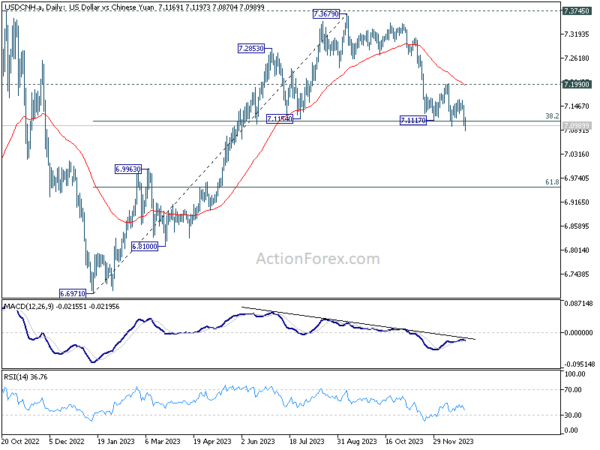

US PMI services finalized at 51.4, some New Year cheer
US PMI Services was finalized at 51.4 in December, up from November’s 50.8. PMI Composite was finalized at 50.9, up from prior month’s 50.7.
Chris Williamson, Chief Business Economist at S&P Global Market Intelligence, said:
“Some New Year cheer is provided by the PMI signalling an acceleration of growth in the vast services economy, which reported its largest rise in output for five months in December. The improvement overshadows a downturn recorded in manufacturing to indicate that the overall pace of US economic growth likely accelerated slightly at the end of the year.
“Some support to financial services in particular is coming from the recent loosening of financial conditions amid growing hopes of interest rate cuts in 2024. Growth nevertheless remains subdued by standards seen over the spring and summer, with the struggling manufacturing sector dampening demand for business-to-business services and consumers remaining far less inclined to spend on luxuries such as travel and recreation than earlier in the year.
“The more challenging demand environment has dampened firms’ pricing power, squeezing service sector selling price inflation to the lowest for over three years on average during the fourth quarter. With sticky service sector inflation being a key area of concern among Fed policymakers, the slower rate of price increase in December is welcome news.”
Full US PMI Services final release here.